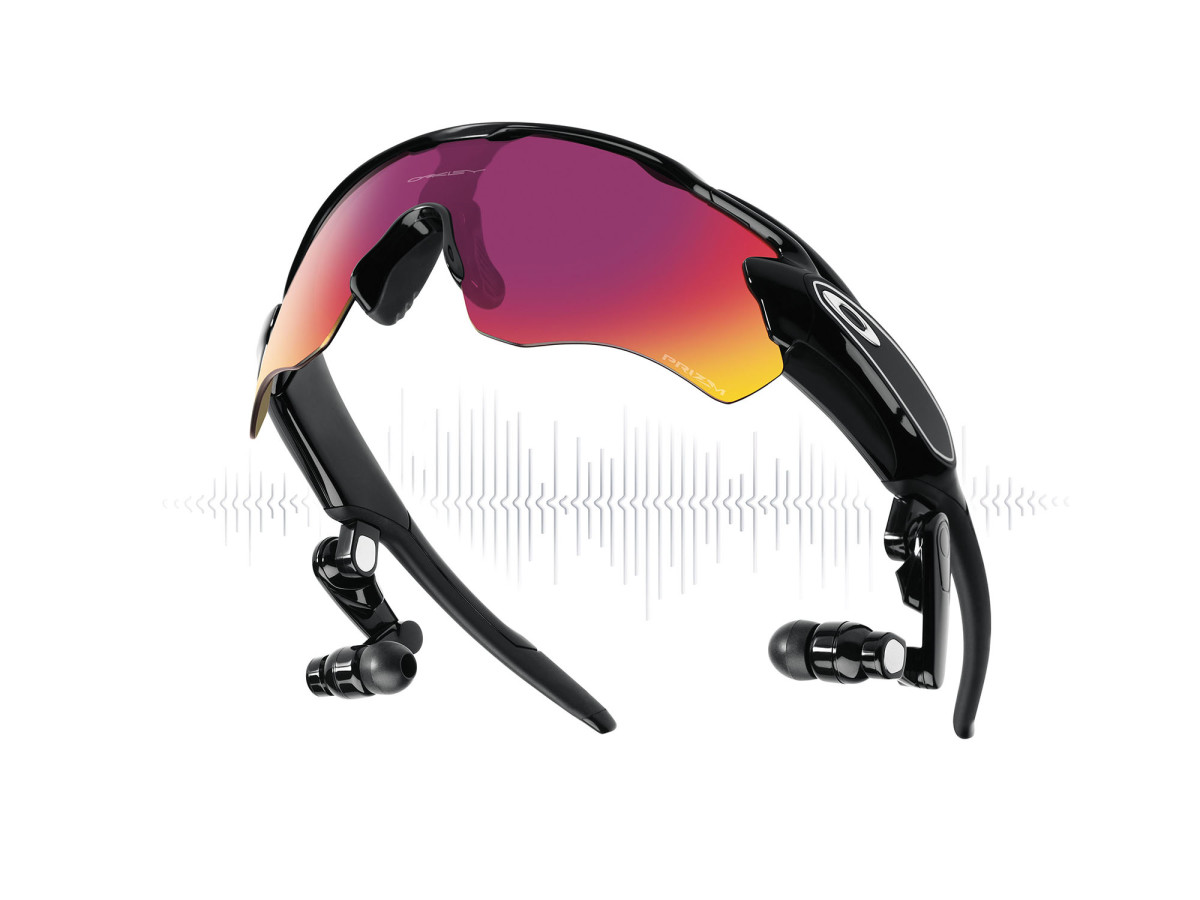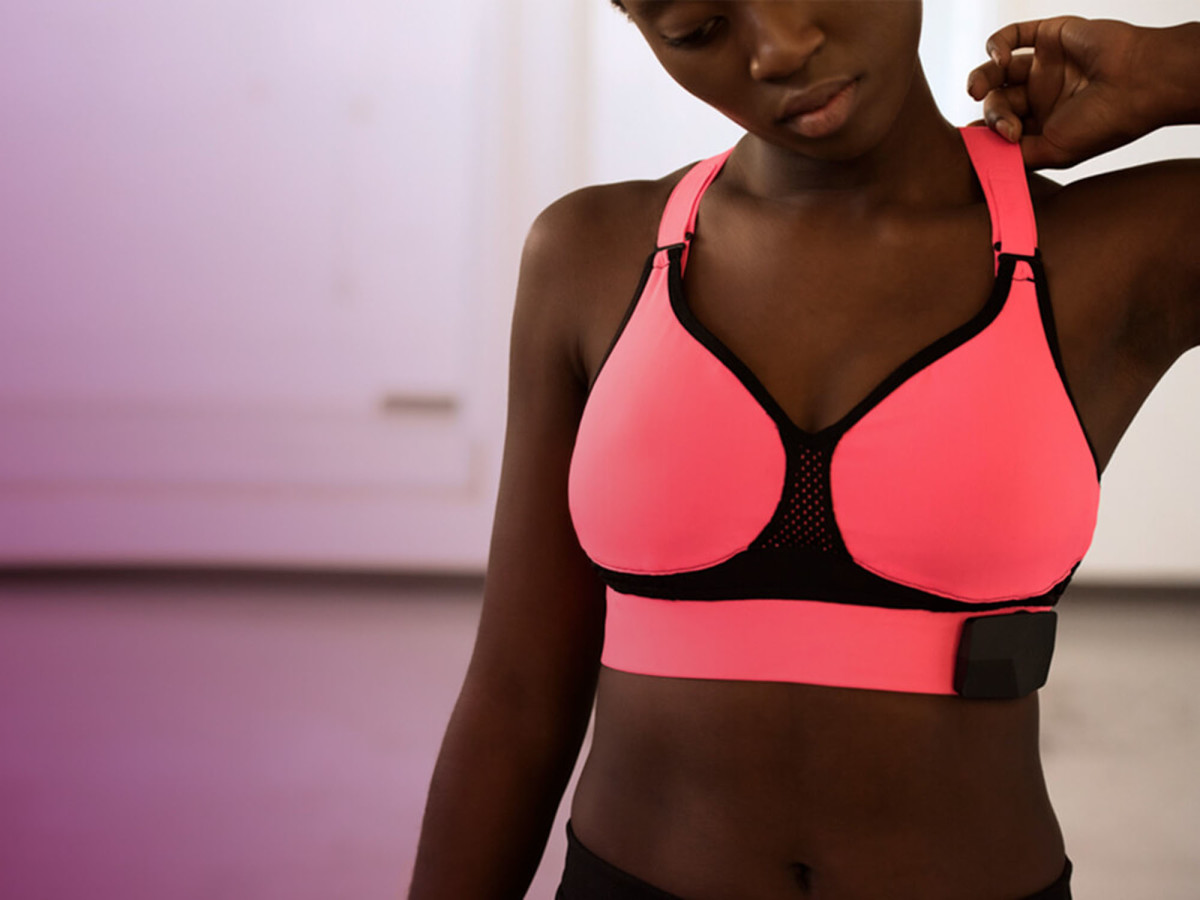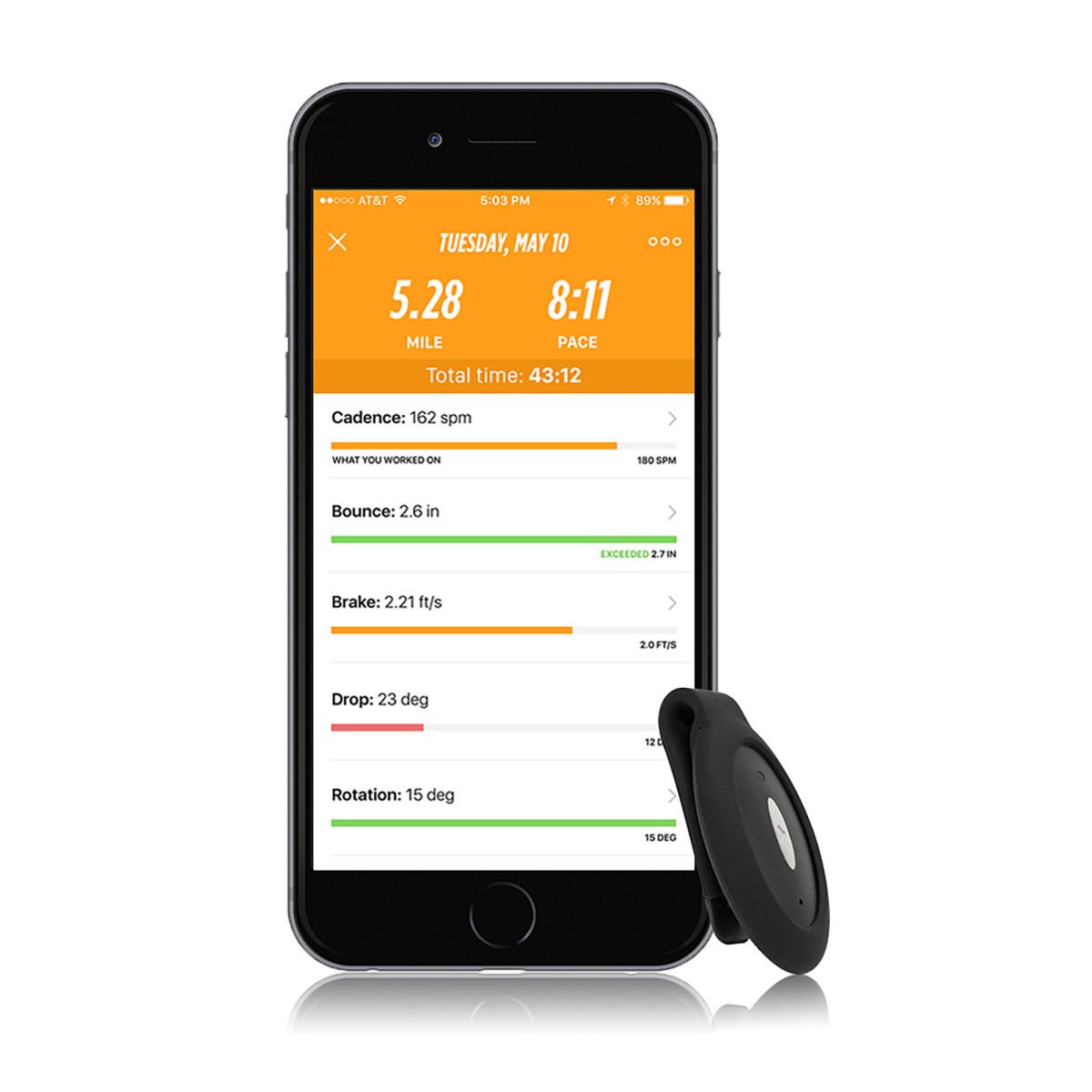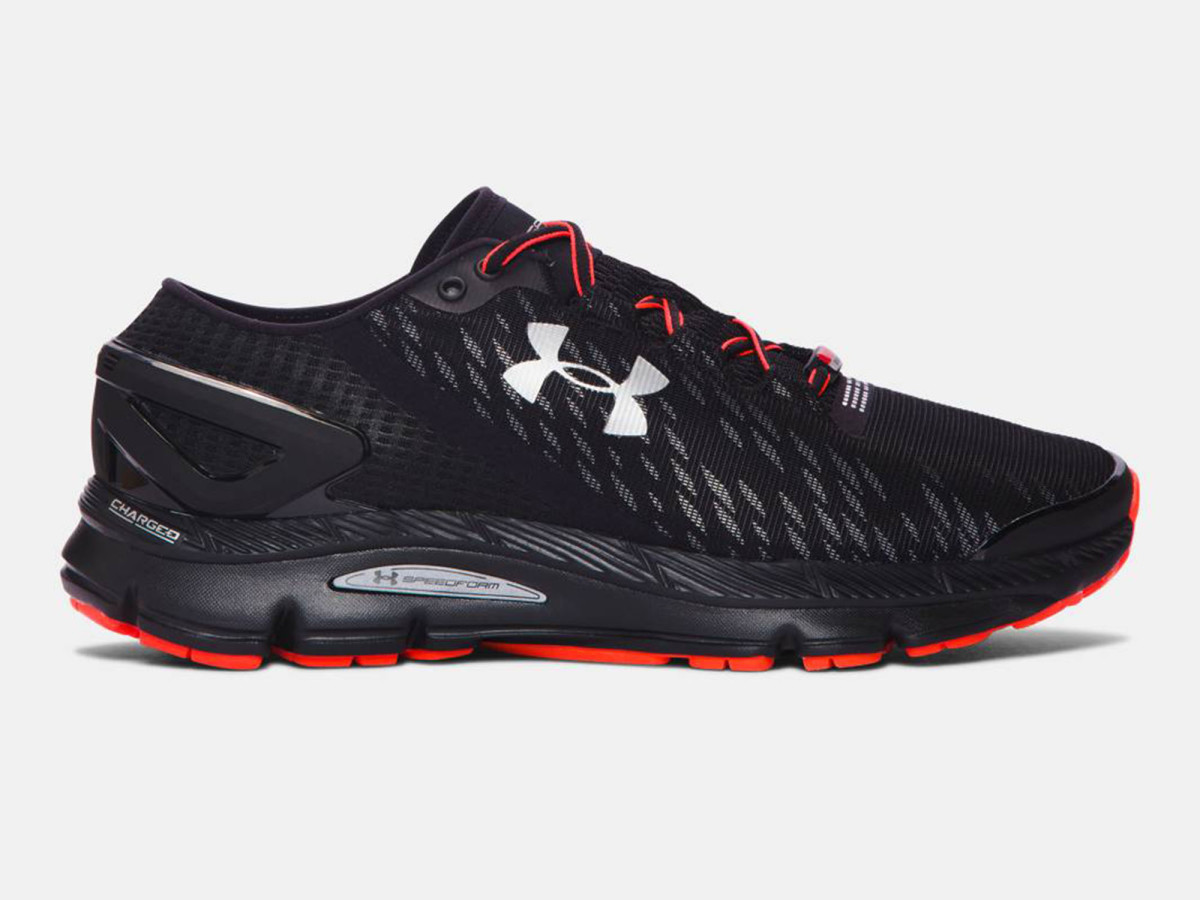Sports tech in 2017: What's next after wrist-worn wearables and fitness trackers?

Sports technology might start to disappear in 2017. Don’t worry, the end isn’t near; now isn’t the time to repent. Wearable gadgets are here to stay, and the data stream from sports is only going to get bigger and bigger. But the greatest technological advancement to come in the next couple of years could just be invisibility.
Fitbits, Apple Watches, and other wearables have become an ever-present sight at many sports events.
“If we were to go show up at a marathon somewhere, my bet would be that everybody in that first corral has a wearable on, if not more than one,” says Shawn DuBravac, chief economist of the Consumer Technology Association. “They consider that as important as, if not more important than other things that they might have on.”
In April, MLB approved the use of two wearables, a compression sleeve that tracks the workload of a pitcher’s arm made by Motus Global and a heart-monitoring strap made by Zephyr. The NFL also expanded use of the Zebra RFID player tracking system to all 33 stadiums used through the 2016 season.
Metabolic conditioning workout: The only training guide you need to score abs in 2017
Mounir Zok, director of technology and innovation for the U.S. Olympic Committee, credits wearable tech as a key part of Team USA’s success at last summer’s Olympic Games—the U.S. won 121 medals at Rio 2016, 18 more than at London 2012.
“We have taken the athlete over the past five, six years outside of the standardized lab,” Zok says. An athlete’s performance can now be tracked in his or her natural environment, drastically increasing the applicability and amount of the data.
But visible wearables can also attract unwanted attention. Cavaliers point guard Matthew Dellavedova was banned by the NBA from using a Whoop wristband at the end of last season. There are also bigger problems with the wrist-worn platform.
“We’re measuring things in the wrong area of the body,” says Paul Robbins, who works with pro teams to evaluate technology as director of elite performance at STATS LLC. “There’s nothing on the market today that really truly will give us the data that we need.”
Wrist-worn devices don’t provide the same quality of heart function data that a full ECG test would, and accelerometers placed on an extremity can’t give accurate information on the movement of the body’s center of mass—waving your hands can be an effective way to hit your daily 10,000-step goal on many activity monitors.
The answer to those problems might be switching wearables fashion from watches to clothes. If devices can be sewn into fabric or hidden inside shoes, they can be placed exactly where they need to be, wirelessly connected together, to gain the greatest insight.
Training after 50: How Doug Flutie keeps in shape and manages post-football pains
Perhaps the notion of them even being gadgets might also begin to fade. Under Armor began integrating a dime-sized tracker inside some of its shoes last winter. SpeedForm Gemini 2 Record-Equipped shoes are washable and never need charging because the battery life is longer than the designed shoe life. The most obvious sign of the added tech in the shoes is a $20 bump to the price tag.
“With the smart fabric evolution we will start exploiting the real estate of the athlete’s body,” Zok says. “From 2017 onwards we will start integrating the technologies and innovations in a more seamless fashion onto their body.”
Or the answer could be doing away with wearables altogether. Robbins’s technology highlight from 2016 was the Hawk-Eye camera system that was first introduced into tennis a decade ago.
“One thing that we have made some gains in is using Hawk-Eye data in tennis to start looking at performance of a tennis player, and not just the ball,” Robbins says. “The only problem with that is you have to be one of the top players to be on a Hawk-Eye court.”
Training with Ken Roczen: Breaking the mold of what it means to be a motocross athlete
From 2017, the NBA will employ Second Spectrum’s computer vision technology to track players during games, extracting position data by analyzing video feeds. Last June, Sports Illustrated wrote about Replay Technologies’ freeD system, which can process 2D camera views from a game into a full 3D representation.
“[Soon] cameras will be able to pick up different metrics that are reserved today to wearable technology,” Zok says. Running biomechanics, for example, could be analyzed by accurately determining the position of a sprinter’s limbs from a video feed.
The disappearance of wearables might not come soon enough to have an impact by the PyeongChang 2018 Winter Olympics, since USOC usually locks down any technology changes eight months ahead of competition. But Zok is already excited about what might come for Tokyo 2020.
“Could you imagine telling the athletes ‘just pack your bags and head to competition,’” he says. Everything they might need to understand their performance might be either sewn into the fabric of their uniforms, or hidden behind the lenses of TV cameras. “‘Don’t worry about taking your gadgets with you, don’t worry about charging them up.’”
Wrist-worn activity trackers were everywhere in 2016, but the new year will bring an increasing number of gadgets you can wear from head to toe, and they'll be a lot less visible. These wearables are just a glimpse at what’s to come for 2017.
Radar Pace

A joint effort between Oakley and Intel, the glasses have earbuds attached to the temples that connect the athlete with a coach who gives advice in real time about stride length and pace (for runners) or cadence and power output (for cyclists).
Available at Oakley | $449
Ombra

This sports bra from OMsignal measures breathing rhythm and calculates an athlete's anaerobic threshold, thanks to sensors built into the fabric and an accelerometer in a device that clips to the side.
Available at omsignal.com | $169
Lumo Run

By measuring the movement of the hips with a device clipped to the back of a runner's shorts, Lumo Run monitors five characteristics of an athlete's form. It also creates a personalized exercise plan.
Available at Amazon | $99
Gemini 2 Record Equipped

The sensor for these sneakers from Under Armour is sealed inside the shoe at midsole, making it completely waterproof. Even better—the battery is designed to last longer than the shoe, so it never needs charging.
Available at Under Armour | $112
